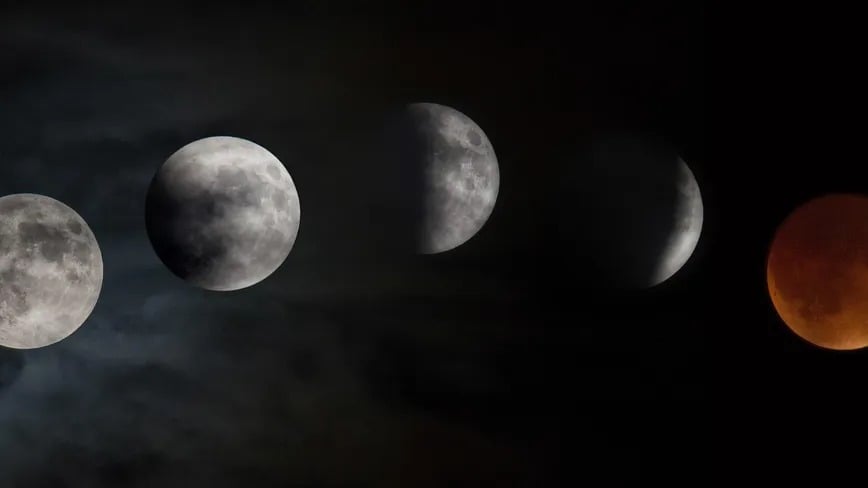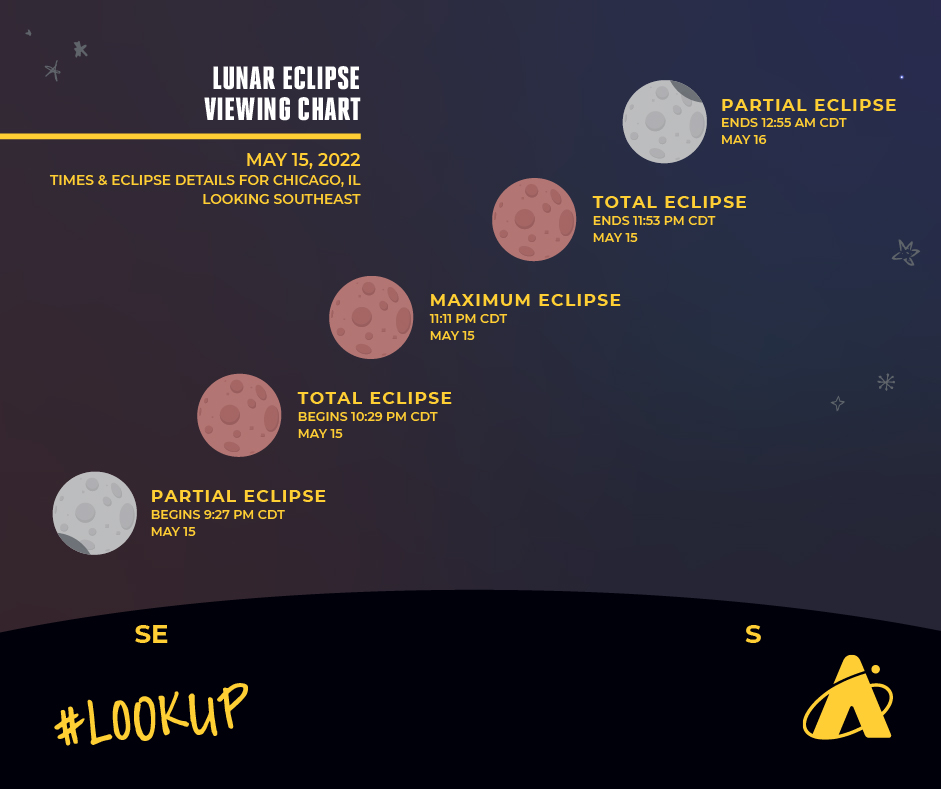
The partial solar eclipse on April 30, 2022, was only seen by a lucky few. However, the total lunar eclipse on the night of May 15, 2022, will be visible to about 2.7 billion people on Earth's night side. This includes the residents of North America, Africa, South America, and Central and Western Europe.
The celestial show will start at 10:30 pm EDT (7:30 pm PST) on May 15, 2022, when the Earth’s shadow begins to move across the front of the Moon. At 11:28 pm EDT (8:28 pm PST), our planet will completely cover the Moon's surface for an impressive 85 minutes. In comparison, the "totality" phase of the May 26, 2021, lunar eclipse lasted a mere 16 minutes. Our satellite will emerge from the Earth's shadow at about 2:12 a.m. EDT (11.12 PST).

In the US, the best views will be reserved for those in the Eastern and Central regions. They will be able to watch the almost four-hour-long spectacle from start to finish. While the Western US will miss the eclipse's start, most residents will witness the spectacular "blood moon." The best part? The lunar eclipse can be viewed without protective glasses.
If bad weather prevents you from seeing the celestial show, take solace that this is the first of two total lunar eclipses in 2022. The second, on November 8, 2022, will also be widely visible across North America.

Lunar eclipses 101
Two conditions have to be met for a total lunar eclipse to occur: the Moon has to be full and in perfect alignment with the Earth and Sun. Lunar eclipses do not occur every full Moon because the Moon's orbit is slightly tilted compared to that of Earth's. As a result, the three celestial objects are not in a straight line during every full Moon.
As you are probably aware, the Moon does not produce any light of its own — it merely reflects the light from the Sun. Hence, when Earth gets in between the two space objects, it creates a shadow on the lunar surface. But instead of going dark, our satellite transforms into what is commonly called a "blood moon."
The spooky color — considered a bad omen by some— is caused by the Sun’s rays bending around the edge of our planet and landing on the Moon. The Earth’s atmosphere scatters the shorter wavelength colors, like green or blue, and only allows longer wavelengths — the redder end of the spectrum — to reach the lunar surface. This gives our satellite an eerie blood-red appearance.
Resources: Space.com, Earthsky.com, Wikipedia.org
